Life-Threatening Infection
While antibiotic prophylaxis used to be standard protocol when treating patients at risk of infective endocarditis, research shows it’s not always necessary. Review this slideshow to learn more.
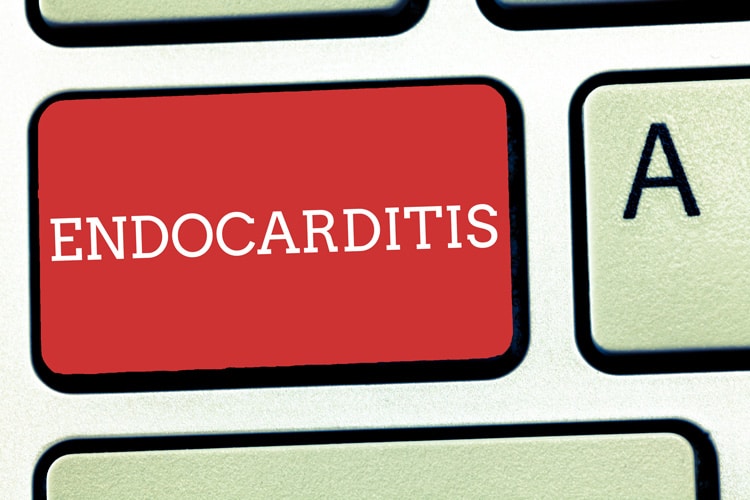
Infective endocarditis is a rare but life-threatening infection of the endocardium that affects the heart valves and neighboring structures. It is caused by a variety of bacteria and fungi. While the oral cavity harbors more than 700 strains of bacteria, only a small number are associated with infective endocarditis, including Staphylococci and Viridans streptococci as well as Enterococcus, Pseudomonas, and Serratia species. The fungus Candida is another cause. The incidence of infective endocarditis ranges from five cases to seven cases per 100,000 people each year.
Photo Credit: Artur / iStock / Getty Images Plus

Risks Vs Benefits
To limit the likelihood of infective endocarditis and prosthetic joint infections, the American Dental Association (ADA), American Heart Association (AHA), and American Academy of Orthopaedic Surgeons (AAOS) previously recommended prophylactic antimicrobial therapy for patients with certain heart conditions and some or all patients with prosthetic joints prior to invasive dental procedures. However, this is no longer the case. Recent reviews of the scientific evidence suggest that the risk of adverse reactions to antibiotic therapy may outweigh the benefits of prophylaxis for most patients because the bacteria most often cultured from these infections do not appear to be of oral origin.
Photo Credit: Who_I_am / iStock / Getty Images Plus
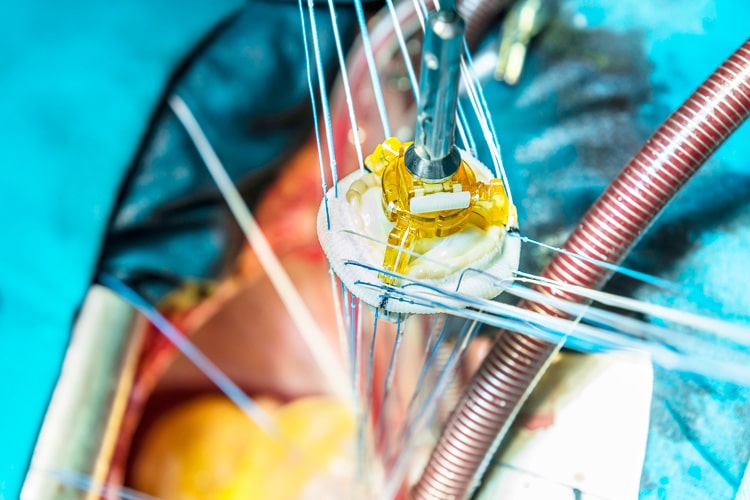
Who Needs Antibiotic Prophylaxis?
The updated AHA guidelines recommend antibiotic prophylaxis only for patients with certain preexisting vascular conditions associated with the highest risk of adverse outcomes from infective endocarditis:
- One or more prosthetic cardiac valves or implanted prosthetic material used for cardiac valve repair
- History of endocarditis
- Valvulopathy (disease or disorder of the heart valves) following heart transplantation
- Heart diseases: unrepaired cyanotic congenital heart disease, including palliative shunts and conduits; completely repaired congenital heart defect with prosthetic material or device, whether placed by surgery or catheter, during the first 6 months after the repair procedure (this is because formation of endothelial tissue over prosthetic material is thought to consistently occur within 6 months of implantation); and any repaired congenital heart defect with residual defect at the site or adjacent to the site of a prosthetic patch or a prosthetic device that is thought to inhibit endothelialization.
Photo Credit: ivan68 / iStock / Getty Images Plus
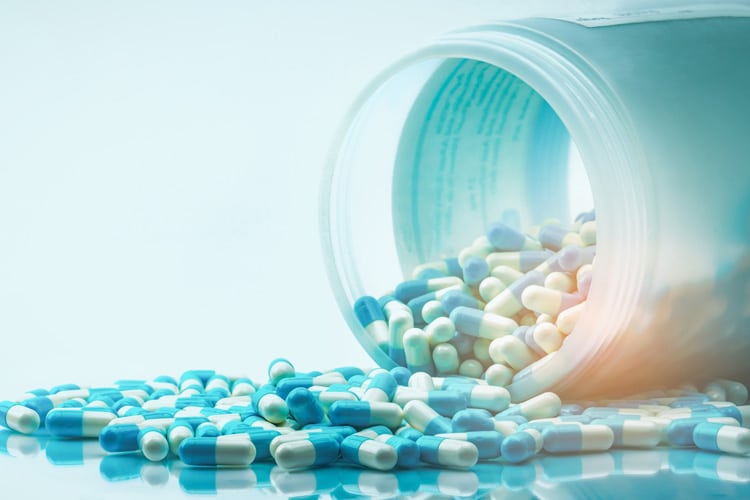
Putting a Protocol Into Place
A decision to use a certain type of antibiotic should be based on a thorough medical and dental history with emphasis on the effects of past antibiotic use. Practitioners need to be especially aware of any previous adverse reactions to relevant antibiotics. Current medications and the possibilities for drug interactions, and risks of microbial resistance are other important considerations. Practitioners should select an antibiotic that is active against the pathogens likely to cause the relevant infection. For example, recent studies suggest that S. aureus appears to be the most common cause of acute infective endocarditis, as well as the late infections of prosthetic joints at which antibiotic prophylaxes are aimed.
Photo Credit: Fahroni / iStock / Getty Images Plus
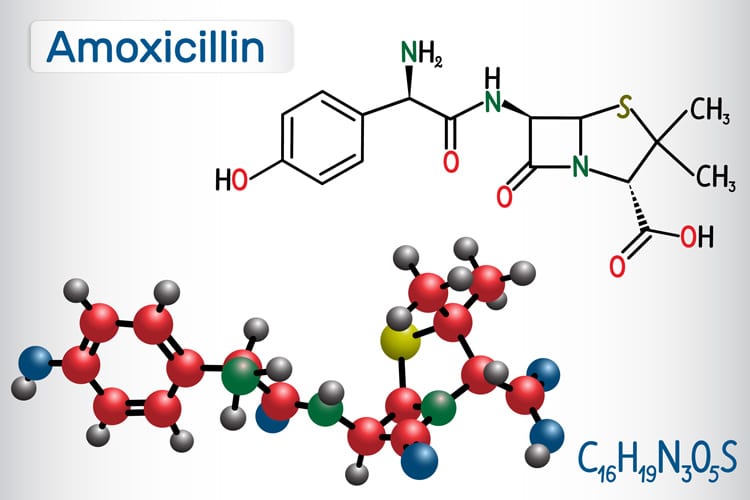
Choosing the Best Antibiotic
Amoxicillin (for patients not allergic to penicillin or cephalosporin drugs) is the preferred choice for oral therapy because it is well absorbed in the gastrointestinal tract and provides high and sustained serum concentrations. Two grams of amoxicillin is sufficient to reach adequate serum levels for several hours, and the inhibitory effect of the drug is enough to eliminate the need for a post-operative dose.
Photo Credit: Bacsica / iStock / Getty Images Plus
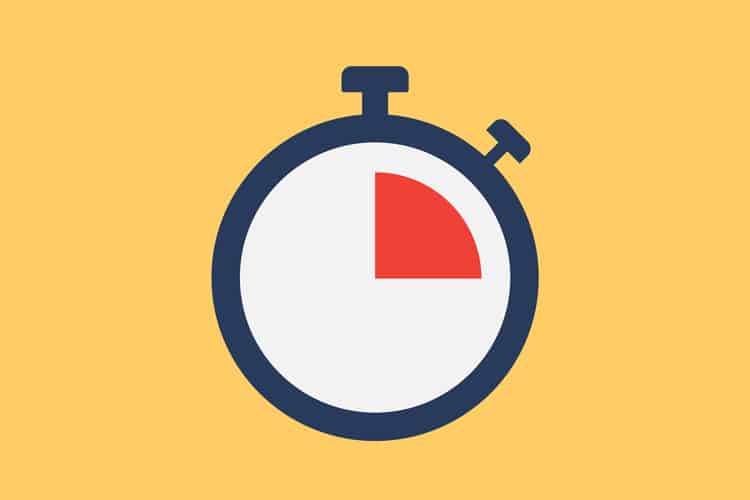
Importance of Timing
Prophylactic antibiotics should be consumed in a single dose 30 minutes to 60 minutes prior to dental treatment. This allows the antibiotic to reach adequate blood levels, thereby limiting the viability of bacteria introduced into the bloodstream. For individuals who are to be premedicated, practitioners must always ask if the patient has consumed the prescribed drugs before starting a dental procedure. If a patient has failed to take the prescribed drugs, it is unclear whether they should be treated until the prophylactic drug has been consumed. If the dental practitioner elects to proceed with treatment, the AHA recommends administering the appropriate prophylactic dose with 2 hours.

